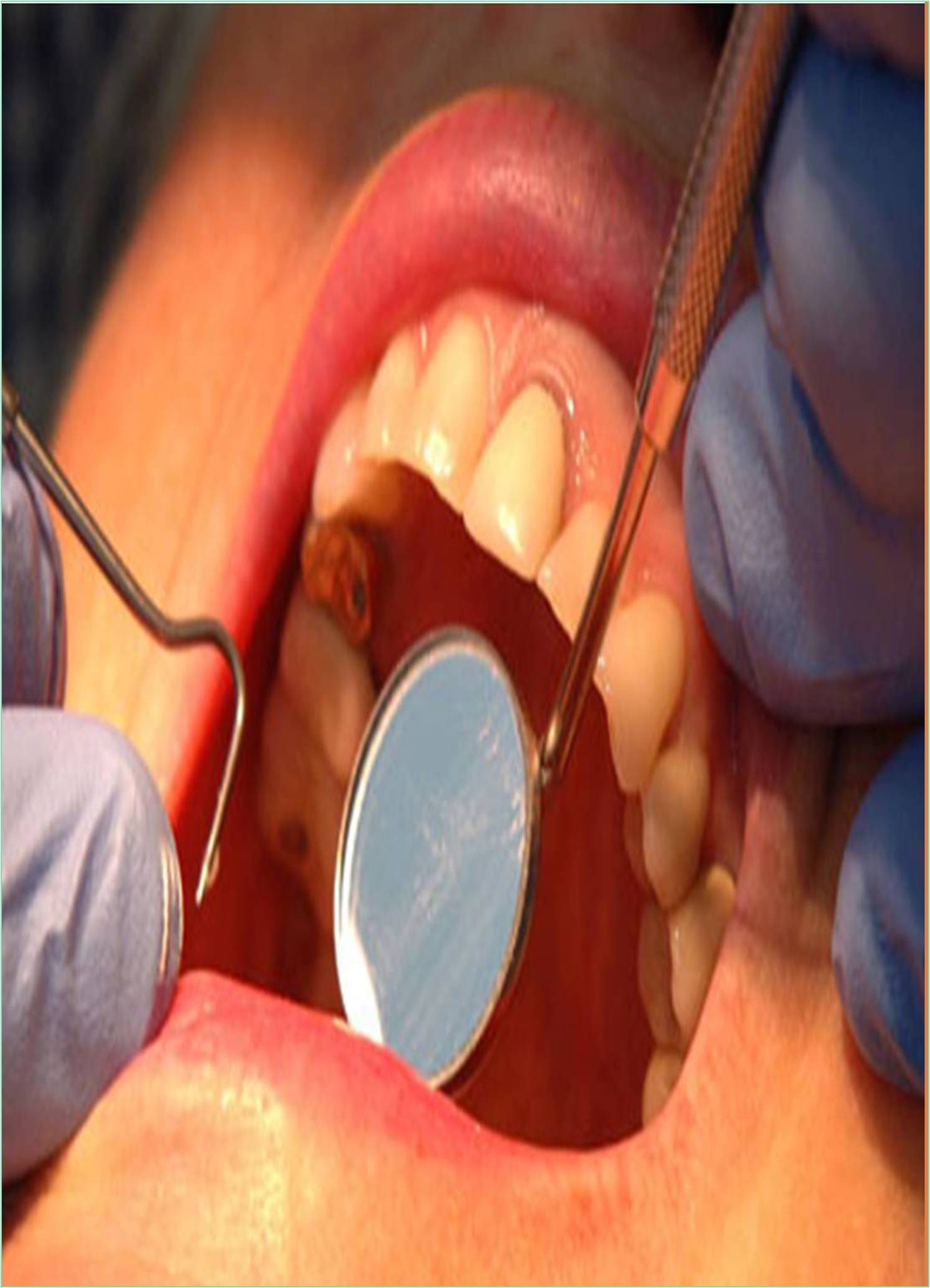



Received: 05-Aug-2022, Manuscript No. GJDOH-22-72147; Editor assigned: 08-Aug-2022, Pre QC No. GJDOH-22-72147 (PQ); Reviewed: 22-Aug-2022, QC No. GJDOH-22-72147; Revised: 29-Aug-2022, Manuscript No. GJDOH-22-72147 (R); Published: 05-Sep-2022, DOI: 10.15651/2449-1918.22.9.008
Stainless steel crowns are caps that fit over an entire tooth and are formed like teeth. They are frequently employed in pediatric dentistry to save infant teeth that have suffered severe decay or injury. It's crucial that the primary teeth are not lost too soon, even if they will eventually be removed to create place for permanent teeth. Premature infant tooth loss can lead to a number of issues that may eventually have an impact on permanent teeth. Therefore, until they are gone naturally, infant teeth are shielded by stainless steel crowns. For full coverage restoration of the primary dentition, there are various options accessible in paediatric dentistry, each with benefits and drawbacks. Stainless steel crowns and its variations, polycarbonate crowns, and strip crowns are all frequently used full coverage crowns. Failures are continuously being reported despite the fact that these materials have demonstrated satisfactory characteristics and outcomes. Stainless Steel Crowns (SSCs) had previously been demonstrated to be the primary molars' most resilient restorative option. They have, however, mostly been suggested in cases where pulp treatment has been done, or in teeth with multiple surface restorations as a result of caries or developmental anomalies, or in situations where other restorative materials are prone to failing. The pediatric dentistry literature has not yet addressed the longevity of stainless-steel crowns against multi-surface amalgam restorations, and practitioners typically choose the restoration based on personal experience.
For the restorative treatment of severe numerous surface lesions of various causes, including as caries, fractures, or DDDs, Stainless-Steel Crowns (SSCs) are advised. In the past, comprehensive caries removal and tooth preparation were thought to be essential, typically needing local anaesthesia.
Later, the Hall Technique (HT), which uses SSCs without caries removal or tooth preparation, has been promoted as a less intrusive biological technique. Every effort should be made to avoid elective treatments that produce aerosols due to the current COVID-19 epidemic, which is likely to have a significant impact on dental practice. This feature makes HT even more relevant. Despite being backed by substantial research and being promoted for usage by both general and pediatric dentists, HT has encountered considerable opposition. The SSC has the benefit of complete coronal coverage and is very robust, reasonably priced, and susceptible to small technical sensitivity during implantation. Despite the aforementioned benefits, SSCs have a significant drawback: they don't look good. Clinical lifetime of restorations in primary teeth is affected by critical factors such patient participation during treatment, caries activity, various material performances within one group of restorative materials, and operator expertise. The success of SSC is dependent on the luting cement, the suitable crown being chosen and adjusted, and the quality of the tooth preparation.
Iron, Carbon, Chromium, Nickel, Manganese, and other elements are found in stainless steel. When the chromium concentration surpasses 11% and typically ranges from 12% to 30%, the term "Stainless Steel" is used. A thin surface layer of chromium oxide (Cr2O3) called a "passivating film," which is formed when chromium oxidizes, shields against corrosion. There are three types of stainless steel: austenitic, martensitic, and ferritic. Austenitic stainless steel, which contains the elements chromium (11.5%–25%), nickel (7%–22%), and carbon (0.25%), is often used to make dental tools. Stainless steel crowns, also known as 18-8 stainless steel, contain roughly 18% chromium, 8% nickel, and a trace quantity of additional metals.
For the implantation of stainless-steel crowns using this method, separators must be used. Following are the six steps in placing a crown: Size: (1) the smallest crown that completely covers all surfaces is chosen. (2) Fill: Dry the crown and add glass ionomer cement to the inside. (3) Find and seat: Ask the youngster to bite on the crown after seating it with finger pressure. (4) Wipe: Use a cotton wool roll to remove excess cement. (5) Take a seat and instruct the youngster to firmly bite on the crown for two to three minutes. (6) Clean: Use a scalar to scrape away extra cement, and then floss the contacts.